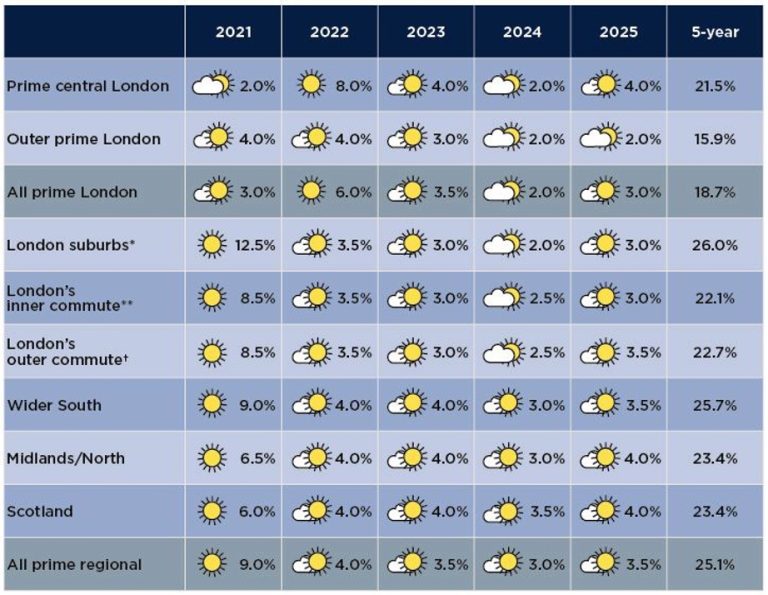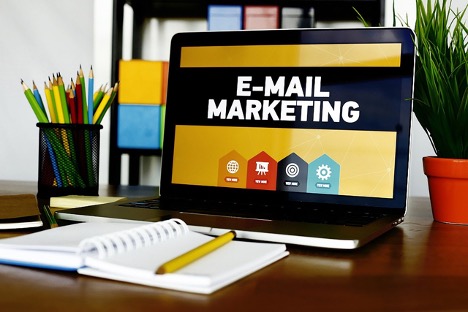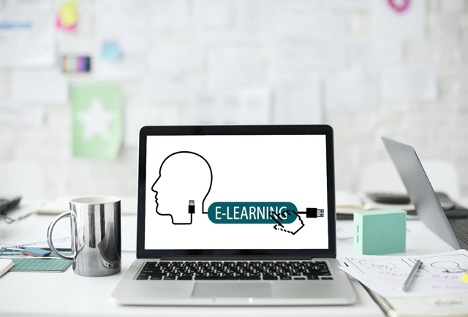Meetings conducted by the G20 and the Organization for Economic Co-operation and Development saw 132 countries committing to a global minimum corporate tax rate on multinationals of at least 15 percent on the 10th of July, 2021. This proposed rate aims to stop decades of falling rates and aims to shake up calculations of where and how global companies operate from a fiscal standpoint.
What Is Corporate Tax?
Corporate tax is a tax on the profits of a business. The taxes are paid on a company’s taxable income, which includes revenue minus cost of goods sold, general and administrative expenses, selling and marketing, research and development, depreciation, as well as other operating costs. The rates vary between countries, with some countries seen as a paradise due to their low rates.
The new G20 tax plans
The new tax system is projected to be implemented by 2023 and aims to prevent larger corporations from moving their profits to low-income countries. This new tax system will have an impact on all businesses. Multinationals generating revenue more than $890 million will feel the effects of the minimum corporate tax of 15%.
Taxes will now be redirected causing nationals to pay taxes in the regions where their goods and/or services are offered. Multinationals that generate a revenue higher than $23.8 billion will have to pay between 20% to 30% of their profits above a 10% margin to the countries where they are based. Oil and financial companies have been exempted from this ruling. Currently, the system has not been implemented yet, which means the corporate tax rates differ per country. The following seven countries currently offer the most favorable corporate tax environments.
Guernsey
Guernsey, an island between the United Kingdom and France, charges a 0% corporate tax rate for most companies based there. Specific types of business, such as banking, have to pay a 10% corporate tax rate, while businesses, such as cannabis-based businesses, have to pay a 20% corporate tax rate. The island nation is an independent, self-governing British crown dependency. They have a large financial industry as well as a large creative and digital industry.
Barbados
Barbados, an eastern Caribbean island which is an independent British Commonwealth nation, charges a corporate tax rate of 5.5% and a corporate tax rate of 1% if the company makes over $30 million per annum. The island nation is business-friendly and offers a good healthcare system. The negative to establishing a business in Barbados is that they can be more expensive than most, with imported brands being more costly.
Hungary
Hungary, having the lowest tax rate in the EU, charges a 9% corporate tax rate. Their income tax is also notably low, being 15%. Their value-added tax is high, being 27%, which makes products more expensive. But they charge a 5% rate for most medicines and some food products. Hungary, offering a well-developed urban transport system and strong primary education, has a low cost of living compared to other European capitals.
Gibraltar
Gibraltar, an island off the south coast of Spain which is a British territory, charges a 10% corporate tax rate. They have a strong economy and allow United Kingdom citizens to move to the country without a residence permit.
Cyprus
Cyrus, an island nation in the eastern Mediterranean Sea, charges a 12.5% corporate tax rate. The country offers cheap property with the average house costing roughly $110,000 (plus stamp duty).
Ireland
Ireland charges a 12.5% corporate tax rate, which is projected to rise due to the G7 reforms. Ireland is an attractive choice for consumers and businesses as they were ranked the second in the world for quality of life.
Canada
Canada charges a 15% corporate tax rate, the same rate as the proposed global minimum tax rate. Canada has been ranked the best in the world for quality of life because of their political stability, good job market as well as their strong public education system.They are business-friendly because of their tax laws, as well as low levels of bureaucracy and corruption.
The Bottom Line
Although the mentioned companies seem to be tax paradises at the moment, the field will change in the near future due to the proposed new corporate tax system. Once it has been implemented, many more countries will become much more attractive for businesses. Even though America does not form part of this list, some entrepreneurs would prefer to form an LLC in America if the specific state requirements are met. For this reason a LLC in Texas may well be preferred, as pointed out by The Really Useful Information Company (TRUiC). The pandemic may actually have a silver lining, having triggered a new era of growth.












 Bitcoin
Bitcoin  Ethereum
Ethereum  Tether
Tether  XRP
XRP  Wrapped SOL
Wrapped SOL  USDC
USDC  Lido Staked Ether
Lido Staked Ether  TRON
TRON  Cardano
Cardano  Avalanche
Avalanche  Toncoin
Toncoin